HYPOTHETICAL NARRATIVES OF LIVING STRUCTURES
Postgraduate Diploma of Architecture, Final Design Thesis
DateMay 20202
PlaceKyoto, Japan
How can the participatory architecture in underused sites of Kyoto, bring new notion to the oriental street and its communities in a contemporary context?
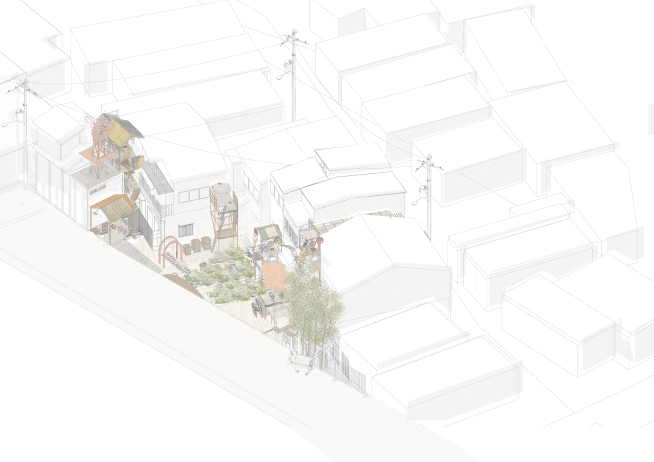
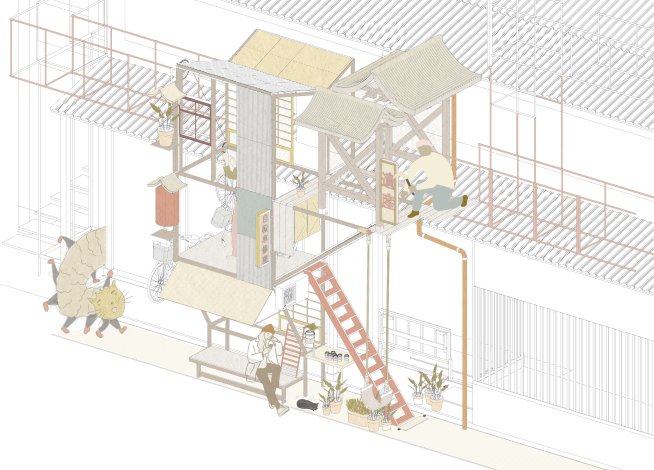
The thesis sought to investigate the democratic design approach in architecture and its relationships to the street and its communities in Kyoto, Japan. Simultaneously the project aims to explore the architect’s role in the design process and the impact of making on it.
The rapid change of lifestyle since the second half of the 20th century affected the work-home and shop-produce models. This in its turn affected the urban patterns and the streets of Kyoto. The difference between oriental street and the Western street is that there is plaza or square in the Western context as the main meeting and activity point, where there is no such in Oriental context. The street and especially alleys play a major social role in the city when it comes to Japanese urban context. However, due to a major lifestyle and building style change – the street began to slowly lose its previous functions and role in city life.
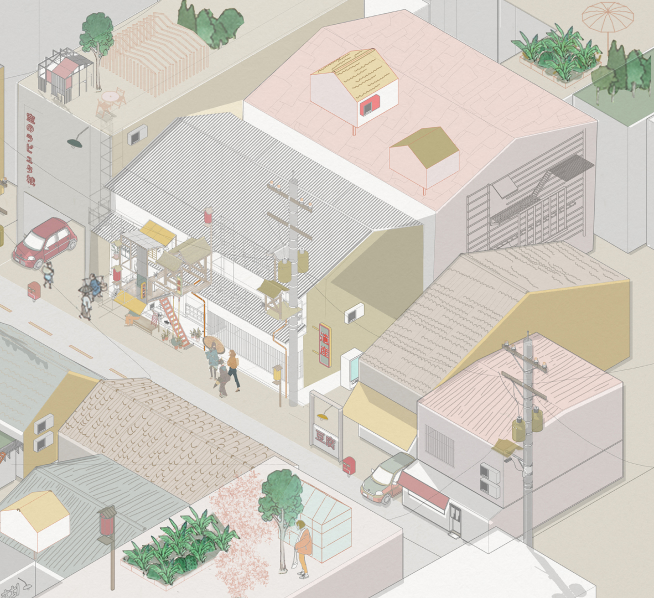
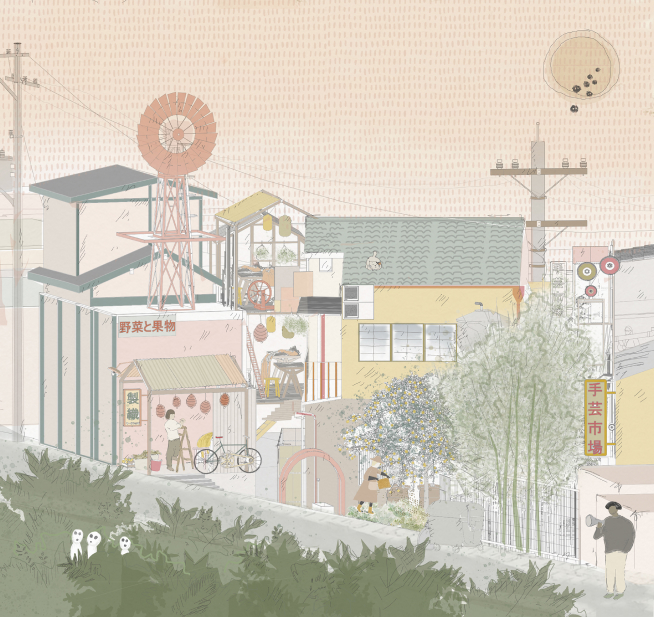
Through several theoretical experiments with the fragmented street structures and undetermined, participatory design methods there was an aim to speculate the story of the street and its community’s revival in the contemporary conditions. Those symbiotic interventions designed from primitive, repurposed, available materials were meant to mimic the DIY structures observed in Kyoto and therefore tell the narrative of participatory approach. Proposed in existing urban conditions as underused, shallow, complex sites. Structures (initially designed by the architect) hypothetically suggest the potential for the direct user involvement to its future growth and development. Transitional nature of those, would create a new notion of in-between space and generate new street activities and improve the existing building conditions; enhancing communal and social qualities of the space, without the radical architectural approaches.
Following this, the proposal may suggest awakening the community feel within the streets of Kyoto as well as provide liveable, organically growing natural spaces of activities which are getting lost in the urban context around the world such as gardening, beekeeping, hand-craft workshops, urban micro forests and playgrounds.
Functions are not always defined, or if defined they give an opportunity for the structure to grow according to the need and add another function as required by the individual user or community.
The intention is simple and humble.
Functions are not always defined, or if defined they give an opportunity for the structure to grow according to the need and add another function as required by the individual user or community.
The intention is simple and humble.
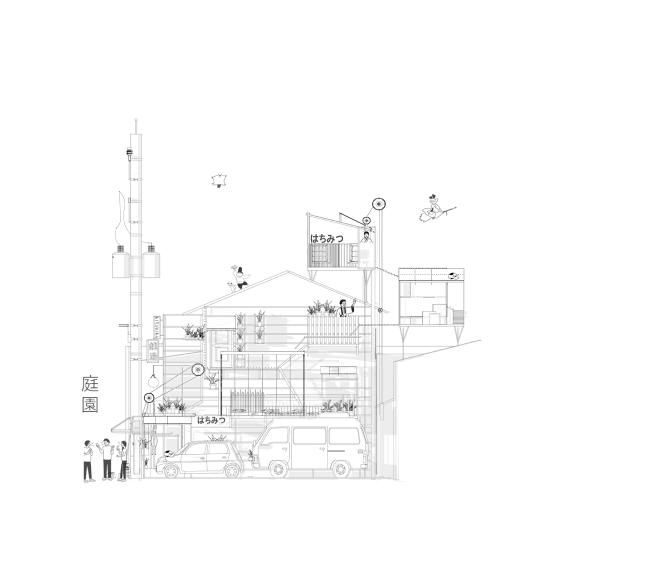
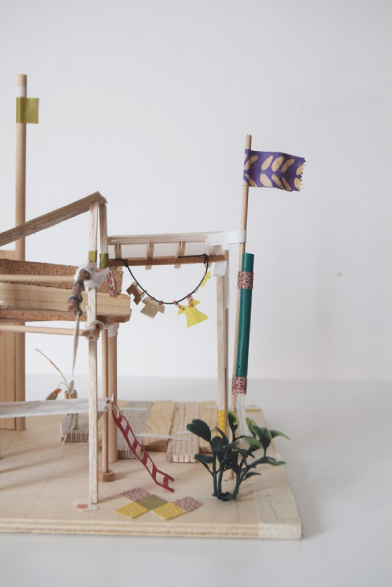
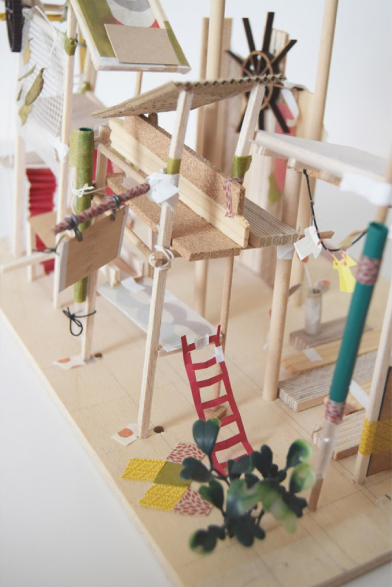
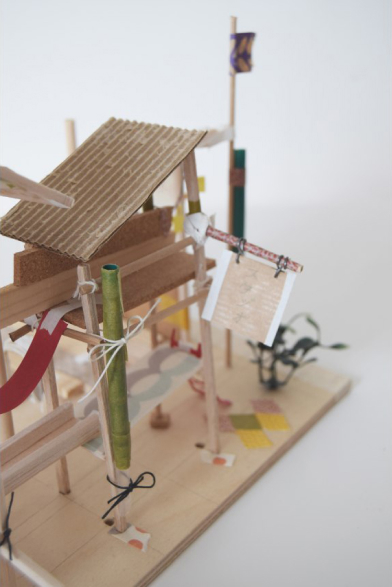
contacts


